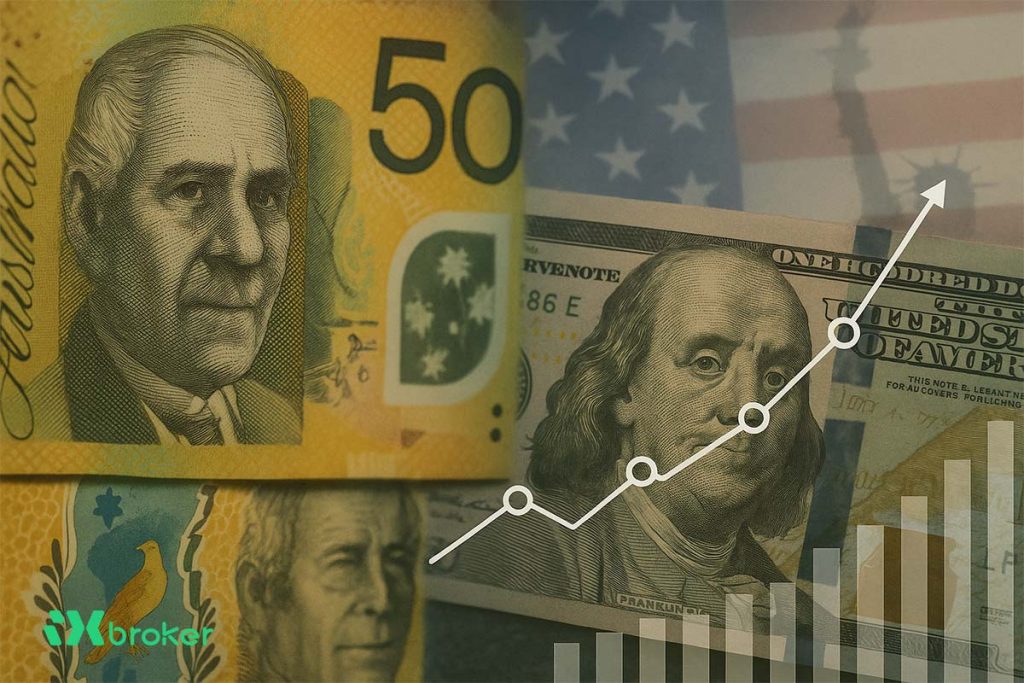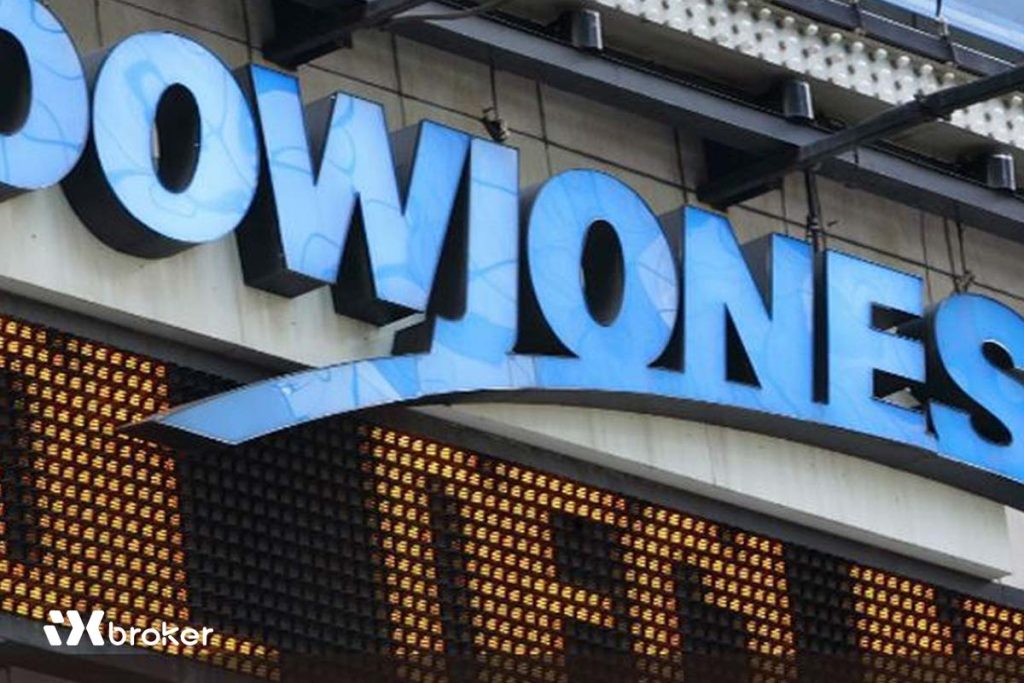The 50% U.S. copper import tariff now targets semi-finished products, raising concerns across critical infrastructure and defense sectors.
In a continuation of his protectionist economic policies, Donald Trump has announced that the new 50% tariff on copper imports will also apply to semi-finished products such as components used in power grids, data centers, and military equipment. The decision, aimed at strengthening national security and reducing import dependence, has triggered a range of reactions from industry experts and economic analysts.
Tariff Expansion to Include Semi-Finished Copper Products
According to Bloomberg, the Trump administration is planning to extend the proposed 50% tariff not only to raw copper cathodes but also to semi-finished products like ingots, rods, tubes, and industrial parts. These products are vital in sectors such as infrastructure, defense, and technology. Any cost increases in these areas could significantly affect both domestic and global supply chains.
Trump’s Justification for the Tariff
In a post on the social media platform Truth Social, Donald Trump stated:
“Copper is essential for the production of semiconductors, aircraft, ships, ammunition, data centers, lithium-ion batteries, radar systems, missile defense systems, and even hypersonic weapons, of which we are building many.”
According to Trump, raising tariffs is a necessary step to support domestic manufacturing and safeguard national security. He emphasized the need for the United States to maintain industrial independence, especially in sectors critical to defense.
Legal Basis Under Section 232
Under the Trade Expansion Act of 1962—specifically Section 232—the U.S. president has the authority to impose tariffs if certain imports are deemed a threat to national security. The White House launched a Section 232 investigation into copper imports in February, and this latest decision appears to be a direct outcome of that probe.
Mixed Reactions from Economists and Industry Leaders
While the administration highlights the benefits of this policy, many economists warn that it could increase production costs and lead to higher prices for end consumers. Industries relying on copper imports are concerned about potential shortages and rising costs, especially at a time when global supply chains are already strained.
Global Market Implications
Market analysts suggest that such a steep tariff may drive up demand for domestic copper, potentially raising global copper prices. This could destabilize international markets and negatively impact countries reliant on copper exports to the U.S. American companies might face the dual burden of sourcing costlier alternatives or absorbing additional production costs.
No Official White House Statement Yet
As of this report, the White House has not issued an official statement clarifying the full scope of the tariff. Reuters has also noted it was unable to independently verify the Bloomberg report. Nevertheless, the announcement has already sparked considerable debate across economic and industrial circles.
A Strategic Move Ahead of Elections
With the presidential election on the horizon, Trump has once again placed domestic manufacturing and economic nationalism at the heart of his campaign. His “America First” policy framework advocates for reshoring critical industries and reducing dependence on foreign suppliers, particularly from countries like China.
A Push for Domestic Investment in the Copper Industry
Some analysts believe that if this policy holds, it could boost domestic investment in copper mining and processing. This may lead to job creation, technological development, and regional economic growth—particularly in mining-heavy areas. However, the long-term success of such outcomes will depend on how the policy is implemented and how markets respond.
Conclusion
Trump’s decision to impose a 50% tariff on imported copper—particularly on semi-finished products—marks a significant development in U.S. trade policy. While it may stimulate domestic industry and reinforce national security, it also brings challenges such as increased costs and potential supply chain disruptions. The coming weeks will reveal how this bold move plays out both domestically and on the global stage.



